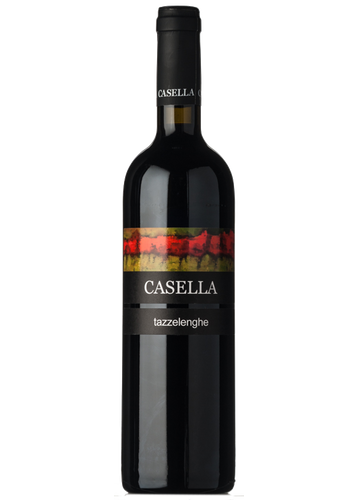The Casella winery was founded in 1960 in Friuli, when Francesco began to devote himself with great commitment to viticulture. His son Lino, today at the helm of the new Albana di Prepotto winery, made the leap in quality by modernising the management of the vineyard and oenological practices. Over the years Lino has dedicated himself in particular to indigenous vines, cultivating and recovering old vineyards that risked dying off after fifty years of abandonment. The enhancement of the mythical terroir of the Colli Orientali del Friuli and Collio, characterised by an alternation of marl and sandstone protected by the rigid alpine winds, has recently reached its crowning glory with the use of spontaneous fermentation for white wines.
Three and a half hectares of vines with vineyards with an average age of forty years, managed completely eco-sustainably, are the calling card of this family business. As is, also, the link with the native vines, especially red. Among these, the Tazzelenghe certainly stands out, which owes its name to a dialectal expression that means "tongue cutter".
A relative of Refosco, Tazzelenghe is in fact characterised by a particularly rough and sharp tannin, which has long discouraged its vinification with a single-variety vine. Today, after risking dying off, it is again vinified by producers, such as Casella, who are innovative but tied to traditions. It is harvested at full maturity, sometimes slightly overripe (in the third week of September, in this case), and it is aged for a long time in wood. In this way, its angularity is rounded off and its quality and depth strengthened.
Intense ruby red with violet reflections, on this nose this Tazzelenghe is characterised by notes of marasca cherry and red fruits, while the secondary hints of leather and light roasting confirm the decisive and already evolved character of the wine. After two years of barrique and a year in the bottle, the palate expresses an interesting combination of tannins, fruity notes of cherry and blueberries, and freshness. The tannins are sustained and characteristic, and accompany a very long, vigorous, sylvan persistence. It is typically paired with grilled dishes and traditional second courses from Friuli such as duck fillet, brovada and musetto, as well as, of course, aged cheeses.










